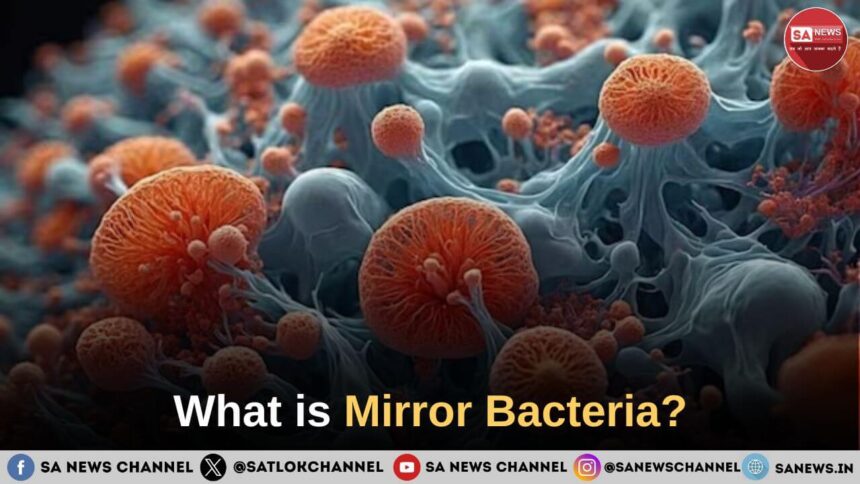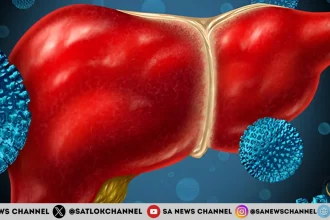Recent advances in synthetic biology have raised concerns among scientists about the creation of “mirror bacteria,” which are synthetic organisms that mimic human behavior. These organisms have molecular structures unlike those found in nature. A group of 38 scientists from nine countries has published a report highlighting the unprecedented dangers posed by these organisms to humans, animals, and plants.
About chirality
The term chirality, or right-handedness, comes from the Greek word χειρ, meaning “hand.” It is used to describe structures that cannot be superimposed on their mirror image (such as the human hand) and instead exist in two distinct left- and right-handed configurations. Chirality is found in many places in nature and has been replicated by humans, for example, in architecture.
Examples: Curved columns
Curved columns are a typical decorative style of the Baroque period but are also found in other eras. They were used, for example, in church altars. To create the optical effect pictured below, two curved columns were used. The mirror-inverted columns had to be made separately. Because of the chiral nature of the helix, one could not cut a long column with just one hand; otherwise, the resulting altar would violate mirror symmetry.
■ Also Read: How to Strengthen Your Immune System Naturally: A Comprehensive Guide
Potential dangers of mirror bacteria
Creating mirror bacteria would disrupt natural molecular design. These artificial organisms could lead to harmful microbes, causing unpredictable threats to ecosystems and health. Scientists argue that the risks associated with mirror bacteria are largely overlooked and require urgent attention.
Scientific concerns and recommendations
Initially, some scientists were skeptical about the dangers of mirror bacteria. However, they later acknowledged the possibility of dire consequences. Jonathan Jones, the author of the report, stressed that even though the probability of failure may seem low, its consequences could be serious. The report recommends halting research on mirror bacteria until there is stronger evidence of safety.
Financing and oversight
The 300-page report discusses the viability and dangers of mirror bacteria. Some laboratories and funding bodies are using the bacteria to gather vital information about biology and drug development. However, scientists advocate strict oversight and caution against funding projects that aim to create mirror life, as the risks potentially outweigh the benefits.
FAQs on Mirror Bacteria
What do bacteria do?
Ans: They can cause disease by producing harmful substances (toxins), by invading tissues, or by both.
What is the control of bacteria?
Ans: High or low temperature, drying, osmotic pressure, radiation, and filtration.
How does bacteria spread?
Ans: Bacteria can enter the body through sources such as food, water, and wounds. Insect and animal bites can also spread bacteria to people.
Which disease is caused by blood infection?
Ans: Pneumonia, meningitis, urinary tract infection, and appendicitis.









